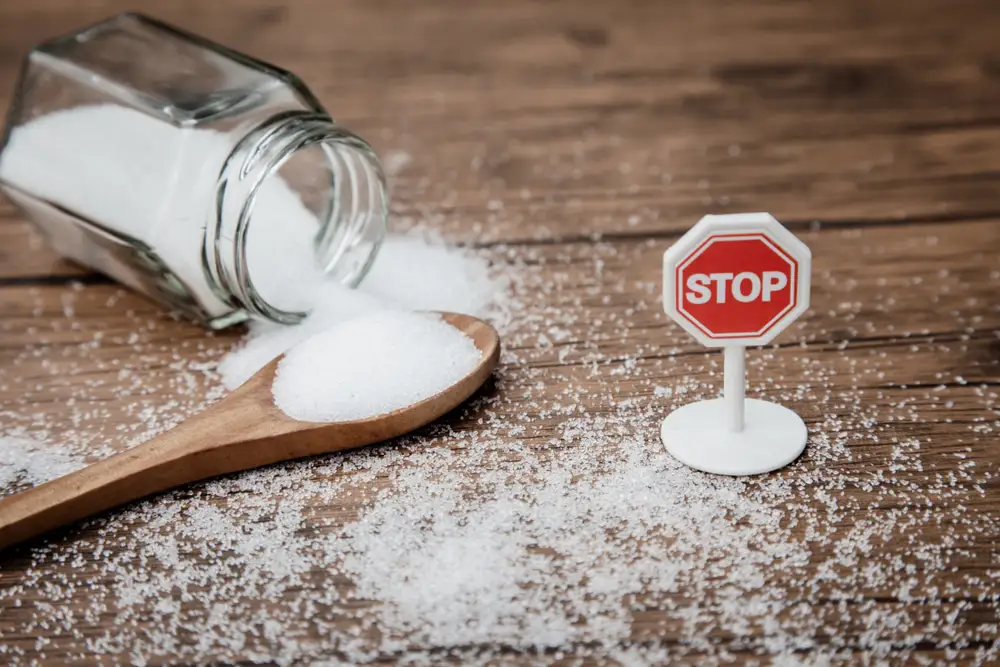If you’re finding everything to be a little more muffled than usual, and your friends are having to shout at you to penetrate the ball of wax sitting in your blocked ear canal, your doctor can complete a simple procedure that should fix the problem: ear syringing (also known as ear irrigation).
How Does Ear Syringing Work?
Ear syringing used to be performed by squirting ungodly amounts of water into the ear, to dislodge wax. Today, ear syringing is a much more refined process, using just the right amount of water to remove wax, without risking damage to the ear.
The modern process goes as follows:
- Your doctor will examine your ear canal to check for infection, and confirm that you have an excessive amount of wax that needs to be removed
- You will be given a prescription for an oil product that softens ear wax, which should be used for a couple of days to soften the wax sitting in your ear canal. You can also use olive oil, baby oil, mineral oil, or hydrogen peroxide to soften the wax1.
- When returning to the doctor, they will use a syringe-like tool to spray a water and saline solution into your ear, which dislodges the wax and flushes it out.
Ear irrigation only takes a couple of minutes to complete, and while it can feel a little strange, you shouldn’t feel any pain. If you do, you should let the doctor know, as this may be a symptom of infection.
Do I Need To Get My Ears Syringed?
While blocked ears are often caused by excessive wax, this isn’t always the case. You may have water trapped in your ear, a sinus infection, a middle ear infection, or a blockage caused by allergies. Blocked ears can also occur from quick altitude changes, as you may have noticed when flying. If you have a persistently blocked ear, the best thing to do is talk to your doctor, as they will be able to quickly diagnose the problem.
Ear Syringing Risks
Modern ear syringing is safe, but as with most medical procedures, there are risks. These include the risk of ear infection (the most common risk), a perforated eardrum, vertigo, and temporary deafness.
Common side effects of ear syringing include temporary dizziness, discomfort or pain, and tinnitus.
What Are Other Methods Of Ear Wax Removal?
If you’d rather not have your ears syringed, there are other less effective ways to complete ear wax removal. This includes the following:
- Using an ear wax softening oil (or olive oil, baby oil, or mineral oil), and laying on your side to let the wax drain out naturally.
- Using saltwater to soften the wax, and letting it drain out naturally.
- Using a hydrogen peroxide solution, and letting it drain out naturally.
Ear candles are still sold in Australia, but we don’t recommend them. They can obstruct your ear canal, and perforate your eardrum. You also shouldn’t attempt to remove ear wax using cotton buds, because you’ll just push the wax further into your ear drum, and potentially cause an infection. The best treatment for a blocked ear is to have them professionally examined by a doctor (a general practitioner, not an ear doctor), and syringed if necessary.
References
- Earwax blockage – Diagnosis and treatment, Mayoclinic
What Causes Mouth Ulcers? How To Treat & Prevent Them Effectively
Mouth ulcers are a common oral condition that affect most people at some point in their lives. They can be uncomfortable, but they are usually harmless and will heal within 10 to 14 days without treatment. Here’s everything you need to know about mouth ulcers, including what they are, what causes them, the best treatments,…
Acute Vs Chronic Medical Conditions
No matter how old or young you are, we are all susceptible to acute and chronic medical conditions. Both conditions differ in how long they last and how severe the diagnosis is. An illness or condition can be as simple as the flu, or in a more severe case cancer or arthritis. Whether it is…
How Much Sugar Per Day?
Sugar is a type of carbohydrate and a source of energy for our bodies. It can occur naturally in foods like fructose in fruit, glucose in fruits and vegetables, and maltose in wheat and barley. However, manufacturers also often add sugar to extend the shelf life of foods, improve their appearance and/or make them taste…




